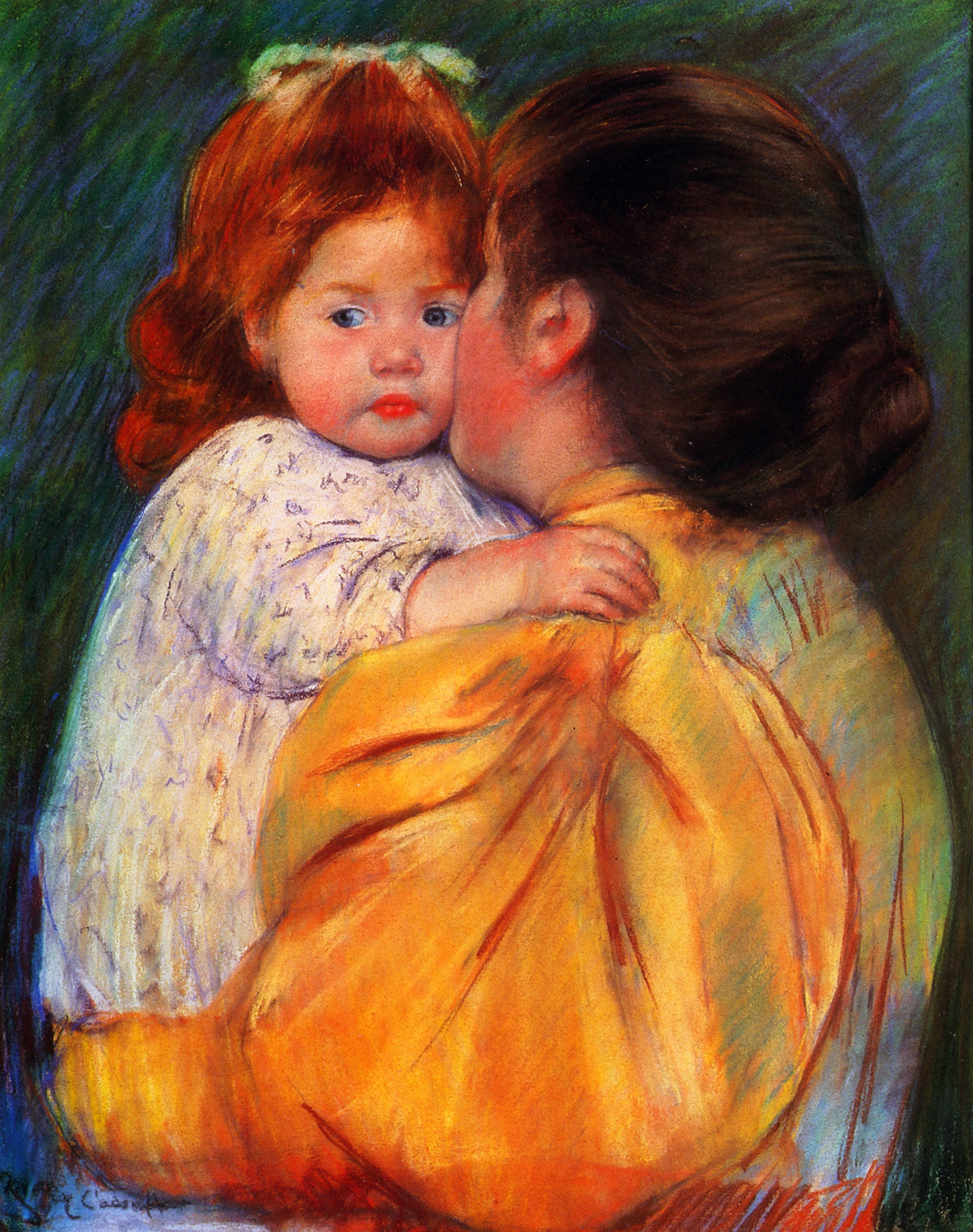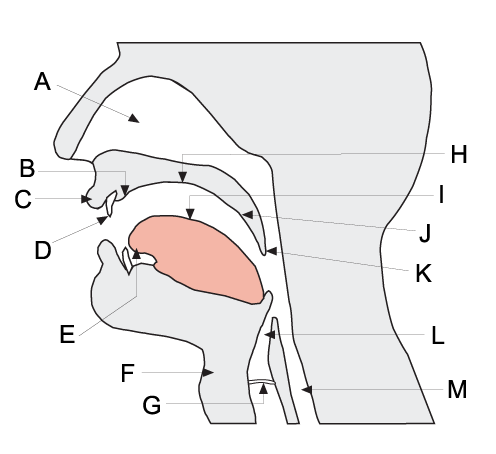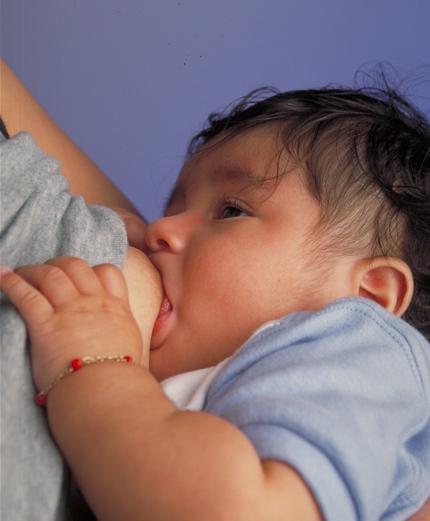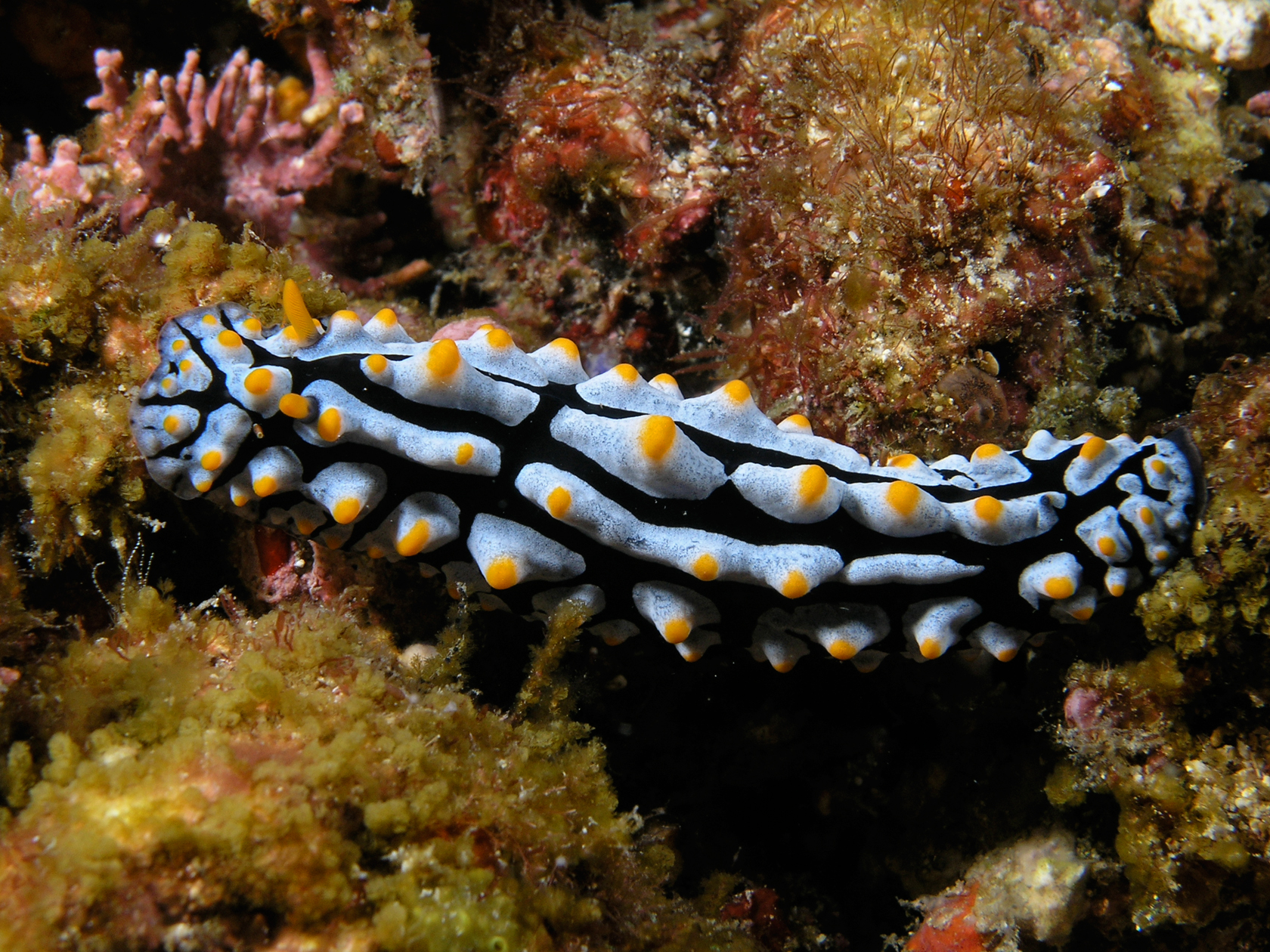|
Lip
The lips are a horizontal pair of soft appendages attached to the jaws and are the most visible part of the mouth of many animals, including humans. Mammal lips are soft, movable and serve to facilitate the ingestion of food (e.g. suckling and gulping) and the articulation of sound and speech. Human lips are also a somatosensory organ, and can be an erogenous zone when used in kissing and other acts of intimacy. Structure The upper and lower lips are referred to as the ''labium superius oris'' and ''labium inferius oris'', respectively. The juncture where the lips meet the surrounding skin of the mouth area is the vermilion border, and the typically reddish area within the borders is called the vermilion zone. The vermilion border of the upper lip is known as the Cupid's bow. The fleshy protuberance located in the center of the upper lip is a tubercle known by various terms including the procheilon (also spelled ''prochilon''), the "tuberculum labii superioris", ... [...More Info...] [...Related Items...] OR: [Wikipedia] [Google] [Baidu] |
Kiss
A kiss is the touching or pressing of one's lips against another person, animal or object. Cultural connotations of kissing vary widely; depending on the culture and context, a kiss can express sentiments of love, passion, romance, sexual attraction, sexual activity, sexual intercourse, sexual arousal, affection, respect, greeting, peace, or good luck, among many others. In some situations, a kiss is a ritual, formal or symbolic gesture indicating devotion, respect, or a sacramental. The word comes from Old English ('to kiss'), in turn from ' ('a kiss'). History Anthropologists disagree on whether kissing is an instinctual or learned behaviour. Those who believe kissing to be an instinctual behaviour cite similar behaviours in other animals such as bonobos, which are known to kiss after fighting - possibly to restore peace. Others believe that it is a learned behaviour, having evolved from activities such as suckling or premastication in early human cultures ... [...More Info...] [...Related Items...] OR: [Wikipedia] [Google] [Baidu] |
Articulatory Phonetics
The field of articulatory phonetics is a subfield of phonetics that studies articulation and ways that humans produce speech. Articulatory phoneticians explain how humans produce speech sounds via the interaction of different physiological structures. Generally, articulatory phonetics is concerned with the transformation of aerodynamic energy into acoustic energy. Aerodynamic energy refers to the airflow through the vocal tract. Its potential form is air pressure; its kinetic form is the actual dynamic airflow. Acoustic energy is variation in the air pressure that can be represented as sound waves, which are then perceived by the human auditory system as sound. Respiratory sounds can be produced by expelling air from the lungs. However, to vary the sound quality in a way useful for speaking, two speech organs normally move towards each other to contact each other to create an obstruction that shapes the air in a particular fashion. The point of maximum obstruction is called ... [...More Info...] [...Related Items...] OR: [Wikipedia] [Google] [Baidu] |
Vermilion Border
The vermilion border (sometimes spelled vermillion border), also called margin or zone, is the normally sharp demarcation between the lip and the adjacent normal skin. It represents the change in the epidermis from highly keratinized external skin to less keratinized internal skin. It has no sebaceous glands, sweat glands, or facial hair. It has a prominence on the face, creating a focus for cosmetics (it is where lipstick is sometimes applied) and is also a location for several skin diseases. Its functional properties, however, remain unknown. Structure The lips are composed wholly of soft tissue. The skin of the face is thicker than the skin overlying the lips where blood vessels are closer to the surface. As a consequence, the margin of the lips shows a transition between the thicker and thinner skin, represented by the vermilion border. It therefore has the appearance of a sharp line between the coloured edge of the lip and adjoining skin. It has been described as a pale, ... [...More Info...] [...Related Items...] OR: [Wikipedia] [Google] [Baidu] |
Mammal
A mammal () is a vertebrate animal of the Class (biology), class Mammalia (). Mammals are characterised by the presence of milk-producing mammary glands for feeding their young, a broad neocortex region of the brain, fur or hair, and three Evolution of mammalian auditory ossicles, middle ear bones. These characteristics distinguish them from reptiles and birds, from which their ancestors Genetic divergence, diverged in the Carboniferous Period over 300 million years ago. Around 6,640 Neontology#Extant taxon, extant species of mammals have been described and divided into 27 Order (biology), orders. The study of mammals is called mammalogy. The largest orders of mammals, by number of species, are the rodents, bats, and eulipotyphlans (including hedgehogs, Mole (animal), moles and shrews). The next three are the primates (including humans, monkeys and lemurs), the Artiodactyl, even-toed ungulates (including pigs, camels, and whales), and the Carnivora (including Felidae, ... [...More Info...] [...Related Items...] OR: [Wikipedia] [Google] [Baidu] |
Philtrum
The philtrum (, from Ancient Greek , lit. 'love charm') or medial cleft is a vertical indentation in the middle area of the upper lip, common to therian mammals, extending in humans from the nasal septum to the tubercle of the upper lip. Together with a glandular rhinarium and slit-like nostrils, it is believed to constitute the primitive condition for at least therian mammals. Monotremes lack a philtrum, though this could be due to the specialised, beak-like jaws in living species. Function In most mammals, the philtrum is a narrow groove that may carry dissolved odorants from the rhinarium or nose pad to the vomeronasal organ via ducts inside the mouth. For humans and most primates, the philtrum survives only as a vestigial medial depression between the nose and upper lip. The human philtrum, bordered by a pair of ridges known as the ''philtral columns'', is also known as the ''infranasal depression'', but has no apparent function. That may be because most higher pri ... [...More Info...] [...Related Items...] OR: [Wikipedia] [Google] [Baidu] |
Suckling
Breastfeeding, also known as nursing, is the process where breast milk is fed to a child. Infants may suck the milk directly from the breast, or milk may be extracted with a pump and then fed to the infant. The World Health Organization (WHO) recommend that breastfeeding begin within the first hour of a baby's birth and continue as the baby wants. Health organizations, including the WHO, recommend breastfeeding exclusively for six months. This means that no other foods or drinks, other than vitamin D, are typically given. The WHO recommends exclusive breastfeeding for the first 6 months of life, followed by continued breastfeeding with appropriate complementary foods for up to 2 years and beyond. Of the 135 million babies born every year, only 42% are breastfed within the first hour of life, only 38% of mothers practice exclusive breastfeeding during the first six months, and 58% of mothers continue breastfeeding up to the age of two years and beyond. Breastfeeding has a nu ... [...More Info...] [...Related Items...] OR: [Wikipedia] [Google] [Baidu] |
Animal
Animals are multicellular, eukaryotic organisms in the Biology, biological Kingdom (biology), kingdom Animalia (). With few exceptions, animals heterotroph, consume organic material, Cellular respiration#Aerobic respiration, breathe oxygen, have myocytes and are motility, able to move, can reproduce sexually, and grow from a hollow sphere of Cell (biology), cells, the blastula, during embryonic development. Animals form a clade, meaning that they arose from a single common ancestor. Over 1.5 million extant taxon, living animal species have been species description, described, of which around 1.05 million are insects, over 85,000 are molluscs, and around 65,000 are vertebrates. It has been estimated there are as many as 7.77 million animal species on Earth. Animal body lengths range from to . They have complex ecologies and biological interaction, interactions with each other and their environments, forming intricate food webs. The scientific study of animals is known as ... [...More Info...] [...Related Items...] OR: [Wikipedia] [Google] [Baidu] |
Speech
Speech is the use of the human voice as a medium for language. Spoken language combines vowel and consonant sounds to form units of meaning like words, which belong to a language's lexicon. There are many different intentional speech acts, such as informing, declaring, asking, persuading, directing; acts may vary in various aspects like enunciation, Intonation (linguistics), intonation, loudness, and Speech tempo, tempo to convey meaning. Individuals may also unintentionally communicate aspects of their social position through speech, such as sex, age, place of origin, physiological and mental condition, education, and experiences. While normally used to facilitate communication with others, people may also use speech without the intent to communicate. Speech may nevertheless express emotions or desires; people Talking to oneself, talk to themselves sometimes in acts that are a development of what some psychologists (e.g., Lev Vygotsky) have maintained is the use of silent spee ... [...More Info...] [...Related Items...] OR: [Wikipedia] [Google] [Baidu] |
Anatomy Of The Human Lip
Anatomy () is the branch of morphology concerned with the study of the internal structure of organisms and their parts. Anatomy is a branch of natural science that deals with the structural organization of living things. It is an old science, having its beginnings in prehistoric times. Anatomy is inherently tied to developmental biology, embryology, comparative anatomy, evolutionary biology, and phylogeny, as these are the processes by which anatomy is generated, both over immediate and long-term timescales. Anatomy and physiology, which study the structure and function of organisms and their parts respectively, make a natural pair of related disciplines, and are often studied together. Human anatomy is one of the essential basic sciences that are applied in medicine, and is often studied alongside physiology. Anatomy is a complex and dynamic field that is constantly evolving as discoveries are made. In recent years, there has been a significant increase in the use of ... [...More Info...] [...Related Items...] OR: [Wikipedia] [Google] [Baidu] |
Tubercle (anatomy)
In anatomy, a tubercle (literally 'small tuber', Latin for 'lump') is any round nodule, small eminence, or warty outgrowth found on external or internal organs of a plant or an animal. In plants A tubercle is generally a wart-like projection, but it has slightly different meaning depending on which family of plants or animals it is used to refer to. In the case of certain orchids and cacti, it denotes a round nodule, small eminence, or warty outgrowth found on the lip. They are also known as podaria (singular ''podarium''). When referring to some members of the pea family, it is used to refer to the wart-like excrescences that are found on the roots. In fungi In mycology, a tubercle is used to refer to a mass of hyphae from which a mushroom is made. In animals When it is used in relation to certain dorid nudibranchs such as '' Peltodoris nobilis'', it means the nodules on the dorsum of the animal. The tubercles in nudibranchs can present themselves in different w ... [...More Info...] [...Related Items...] OR: [Wikipedia] [Google] [Baidu] |
Cupid's Bow
The Cupid's bow is a facial feature where the double curve of a human upper lip is said to resemble a recurve bow of the sort used in ancient Greece or Rome. The name is taken from Cupid, the bow-wielding Roman god of erotic love equivalent to the Greek Eros. The peaks of the bow coincide with the philtrum, philtral columns giving a prominent bow appearance to the lip. It is outlined with the vermilion border, which connects the lip skin to the facial skin. Celebrities with a pronounced cupid's bow include Taylor Swift and Rihanna. See also * Philtrum *White roll References External links Facial features Words and phrases derived from Greek mythology Cupid Lips {{anatomy-stub ... [...More Info...] [...Related Items...] OR: [Wikipedia] [Google] [Baidu] |
Erogenous Zone
An erogenous zone (from Greek , ''érōs'' "love"; and English ''-genous'' "producing", from Greek , ''-genḗs'' "born") is an area of the human body that has heightened Sensory processing, sensitivity, the sexual stimulation, stimulation of which may generate a sexual response such as relaxation, Sexual fantasy, sexual fantasies, sexual arousal, and orgasm. Erogenous zones are located all over the human body, but the sensitivity of each varies, and depends on concentrations of nerve endings that can provide pleasurable sensations when stimulated. The touching of another person's erogenous zone is regarded as an act of physical intimacy. Whether a person finds stimulation in these areas to be pleasurable or objectionable depends on a range of factors, including their level of arousal, the circumstances in which it takes place, the cultural context, the nature of the relationship between the partners, and the partners' personal histories. Erogenous zones may be classified by the ... [...More Info...] [...Related Items...] OR: [Wikipedia] [Google] [Baidu] |









